
views
Choosing Materials for a Hide House

Set a budget for your hide house. Depending on your budget, you can either make the chinchilla’s hide house out of repurposed materials like PVC piping or buy a pre-made habitat. If you are a new chinchilla owner, you also need to set a budget for the chinchilla’s main cage, food, bedding, a dust bath box, exercise equipment, and toys. In total, you should expect to spend anywhere from $100 to $230 on new chinchilla supplies. This does not include on-going expenses like food, straw litter, or dust for their baths. You can save money by making your own hide house with inexpensive or recycled materials.
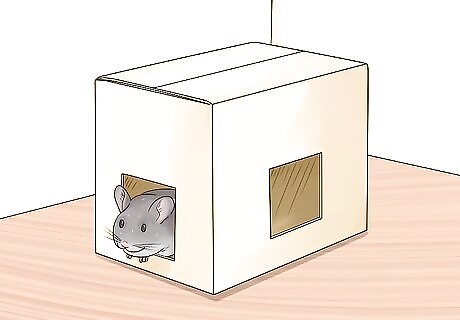
Choose cardboard to make a recycled hide house. If you want reuse something you already own, you can use a cardboard box as your chinchilla’s hide house. You will have to replace these cardboard hide houses often because your chinchilla will chew through them.
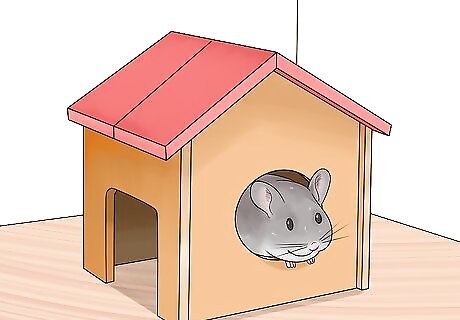
Build a wood hide house to design your own creation. Making your own hide house from wood is a great low-cost option if you are a skilled builder. Choose non-toxic materials to build a simple wood box with at least two openings that are large enough for the chinchilla to fit through. Some types of wood are toxic to chinchillas. Do not make your hide house out of cedar, cherry, pine, citrus, oleander, plum, or redwood. Chinchillas will chew on their wood hide house. Replace the hide house as needed.
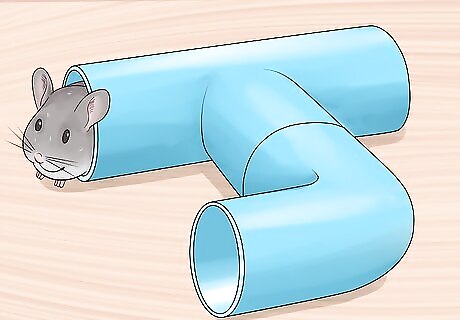
Use PVC piping to make a multi-use hide house. PVC tubes can function as hiding spaces for your chinchilla and also connect different cages together. Chinchillas find it difficult to chew through PVC piping, which makes it a good and inexpensive option for your pet’s hide house.
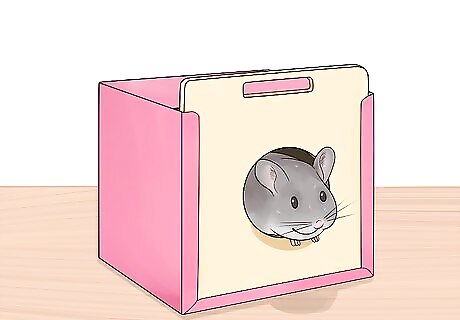
Buy a new nest box for your chinchilla. A nest box is a small box made for small pets to hide in. Visit a pet store or chinchilla pet supply website if you want to buy a pre-made nest box. Hide houses need to be made from strong and long lasting materials because chinchillas like to explore their environment by chewing. Small, basic nest boxes cost about $15. More elaborate nest boxes can cost around $40. Search different websites and stores to find the best price for the type of nest box you want. If you have other small pets, you can repurpose their nest box for your chinchilla’s hide house if it is at least 12 × 12 × 9 in (30 × 30 × 23 cm). Durable plastic or non-galvanized metal hide houses are easy to clean.
Choosing the Hide House's Size and Shape
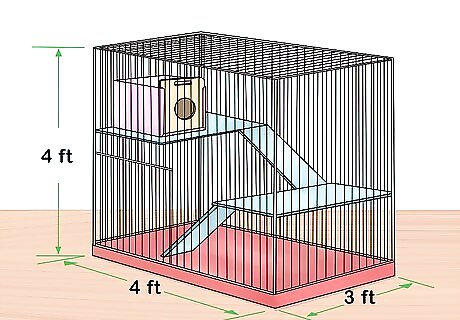
Make sure your cage is large enough to fit the hide house. You should make sure your cage is at least 4 × 4 × 3 ft (1.22 × 1.22 × 0.91 m). Multi-level habitats give your chinchilla more room to explore, play, and exercise. If you have space in your home, you may also consider creating a chinchilla-proofed room where they can roam safely. You can place multiple hide houses around this room for them to go in when they are not in their cage.
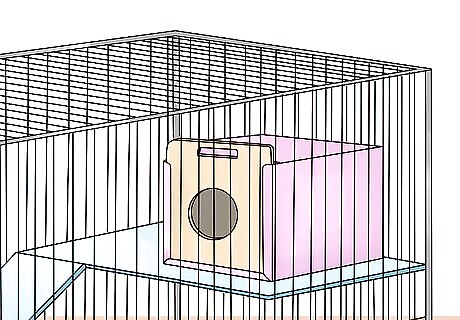
Choose a hide house that fits in one designated area of the cage. Chinchillas do not litter train easily, so try to keep their hide house away from where you feed your chinchilla and where you put their water bottle. Make enough room in your cage to fit a hide house, exercise equipment, bedding, and toys. If you have limited space, make sure the hide house you choose has multiple uses. Some hide houses can work as climbing ledges, for example. Tubes can also be play and exercise areas.
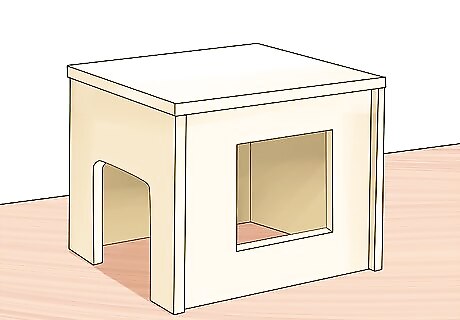
Choose a box-shaped hide house for a cozy and safe place for your chinchilla. Boxes are good shapes for hide houses because they provide a dark and sheltered home for an individual chinchilla. Each chinchilla can have their own hide house if you use boxes. It may be difficult to clean the inside of a box-shaped hide house. To make a box-shaped hide house easier to clean, make sure one side of the box has a hinge that you can open. Box-shaped hide houses can also work as ledges that chinchillas can use to reach other climbing spots in their cages.
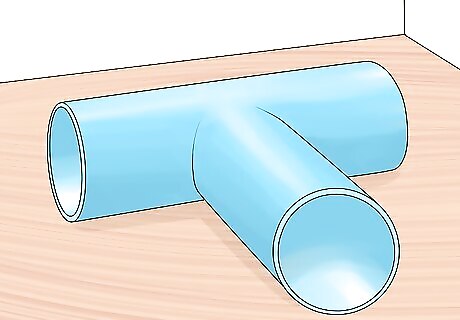
Choose tube-shaped hide houses so that your chinchilla has multiple places to hide. Short “T” or “Y” shaped tubes give your chinchillas different entrances and multiple hiding spots. Each chinchilla still needs their own piece of tubing for their primary hide house. If you want your chinchilla to have more space to move around and exercise, you can use tubes to connect multiple cages together. These tubes provide additional hiding spots for your chinchilla.
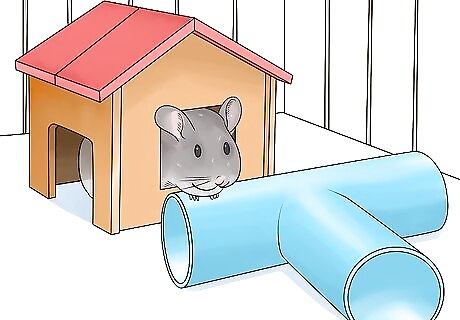
Give your chinchilla more than one hiding space. Your chinchilla needs more than one hiding space so that it has somewhere to go when you are cleaning its hide house. Mix and match different types of hiding spots so that your chinchilla has lots of safe places to go. A hide house completes your chinchilla's habitat. With a hide house, you can make sure your chinchilla lives a safe and healthy life.










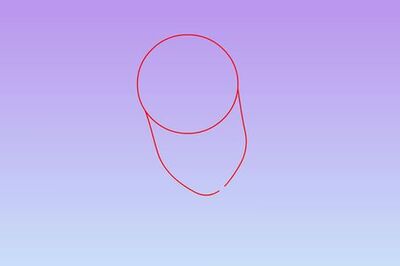

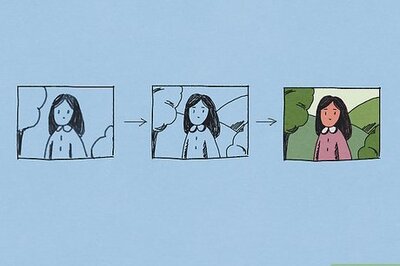
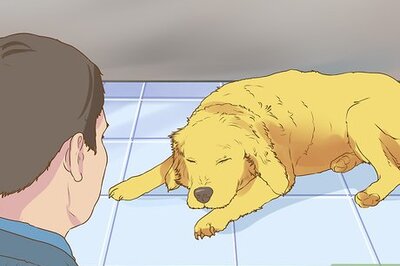
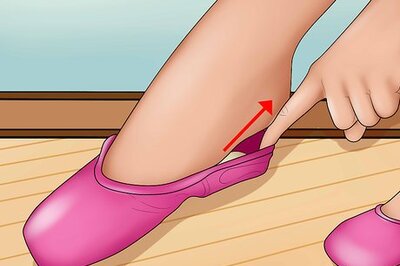
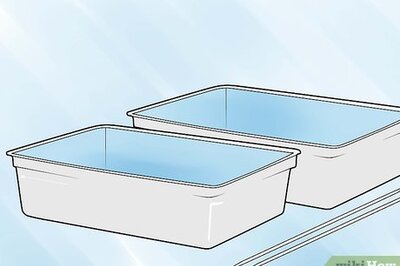


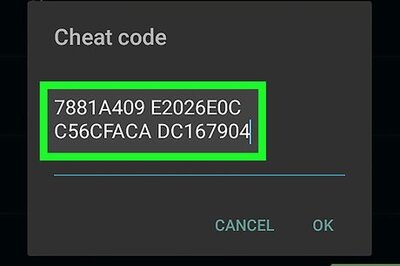
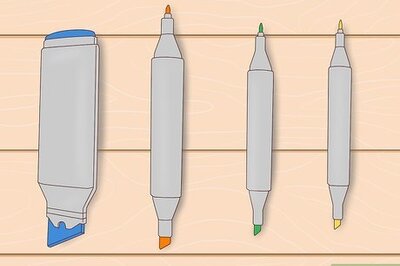
Comments
0 comment